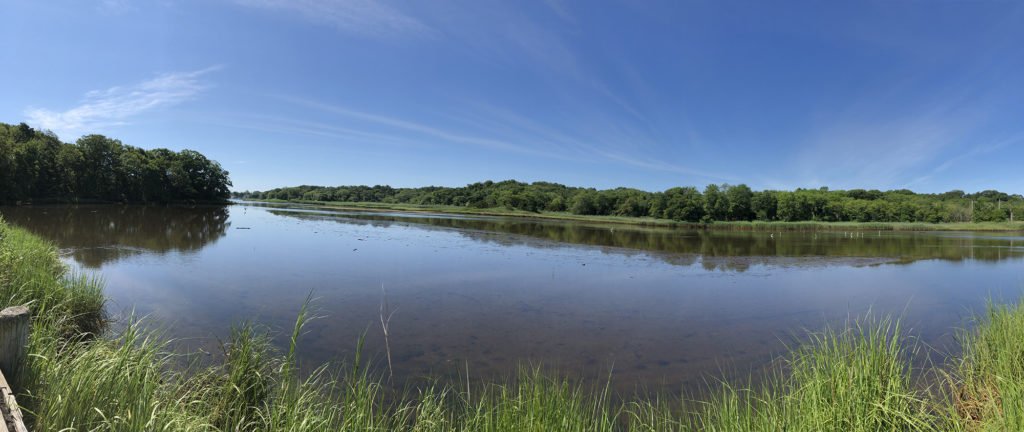
Testing. Collaboration. Action.
Goals
The Water Quality Monitoring Program was established to sample, assess and hopefully begin taking steps to restore the water quality within the Shark River watershed, through a combined approach of water monitoring, identification of contaminant sources, public outreach, community education, and stakeholder involvement.
The primary strategic goal is to use science-driven data collection to bring about positive changes in Shark River, including: safely restoring public recreational uses (namely bathing, boating and water-sports), economic uses (commercial fishing/shellfish-crab consumption), and environmental improvements of aquatic habitats.
Additionally, the secondary goal is to bring together community stakeholders to work together on improving the water quality in response to water quality testing results.
The water quality monitoring program’s objectives will be keyed to specific areas of concern in the Shark River watershed. For each area of concern, a testing plan will be designed to provide clear, consistent, quantifiable data about the area, and to work in partnership with municipalities and governmental agencies to further research this issue and take action to address it. The data will be evaluated on a rolling basis, and actionable information will be brought to the attention of the local municipalities and government partners though a no-blame approach that fosters collaboration to reaching a shared goal of clean water for the benefit of the community, working together to rectify the issues. The data will also be made available to the public.
Objective #1 was to implement a water quality monitoring program to address a primary area of concern: the stormwater pipe outfalls that empty into the Shark River inlet/estuary, a possible source of contamination. The monitoring program took place over 2021-2022. The test parameter was the presence of fecal indicator bacteria in the water. We identified several key water testing sites, focused sampling at pipe outfalls, that have been identified based on past analysis. We are currently analyzing the data form this first program, and plan to release the data in 2023 to review with stakeholders including municipalities and government agencies, to determine next steps.
In 2023, we also hope to expand this sampling program to other areas of concern, where we will define additional Objectives, possibly including broader analytical parameters and other/upstream locations as budget and results guide the program.

